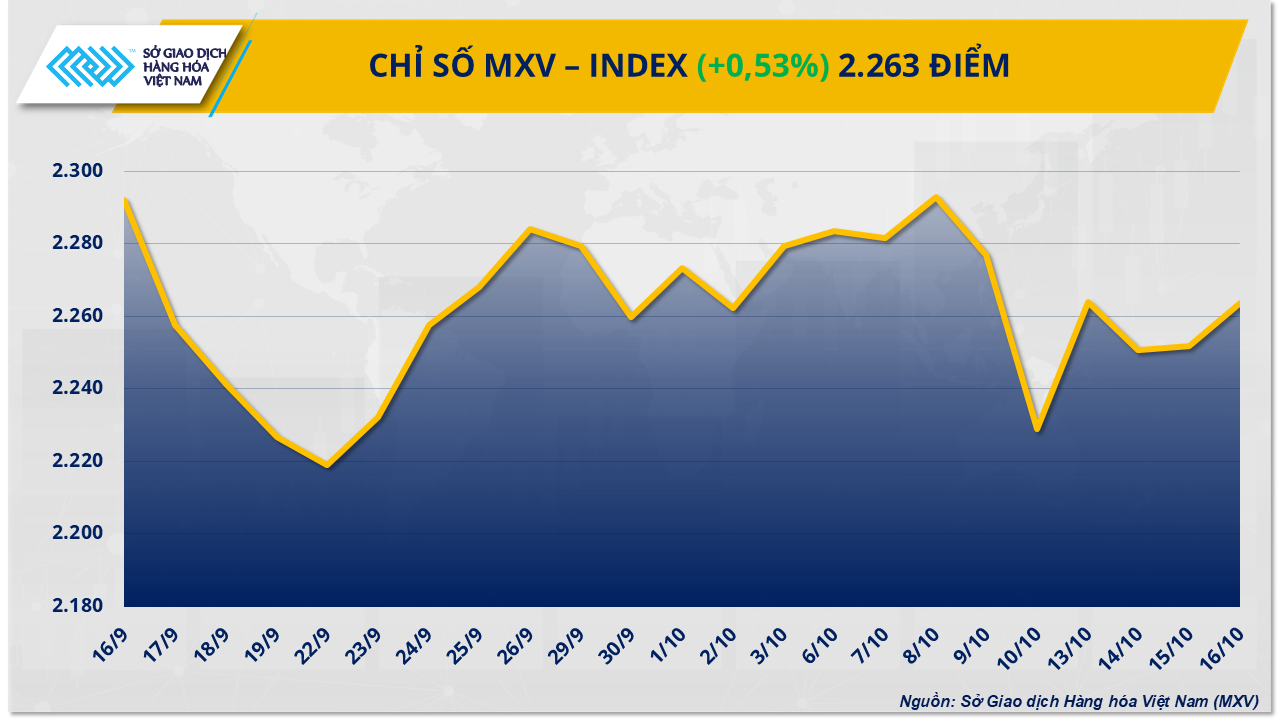
Platinum prices hit 14-year high
At the end of yesterday's trading session, the metal market continued to improve with 7 out of 10 commodities increasing in price. Notably, the price of platinum futures for January delivery increased by nearly 4% to 1,755 USD/ounce - the highest level since 2011. Since the beginning of October, the price of this metal has increased by more than 10%, marking the strongest recovery in many years.
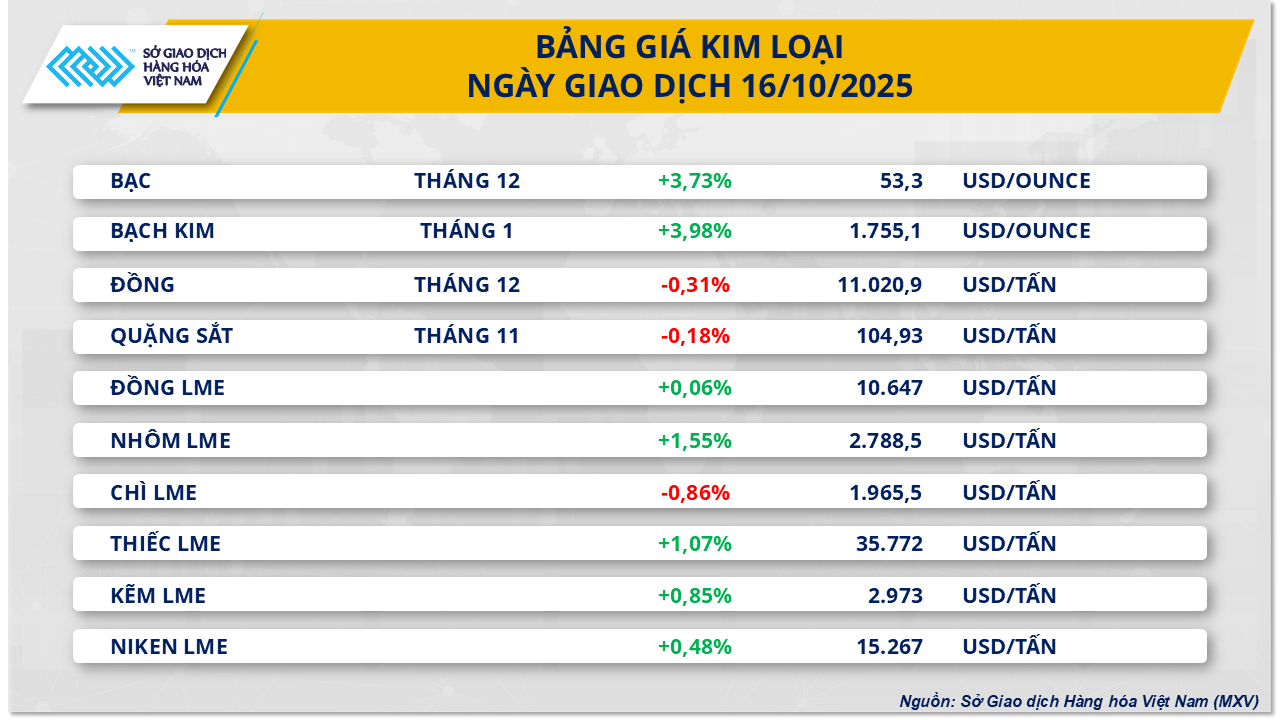
According to MXV, the rise in platinum is driven by two main factors: falling supply and a weak US dollar. South Africa, which accounts for 70% of global production, is seeing its mining output decline due to high energy costs, prolonged power shortages and unattractive profit margins. Production of platinum-grade metals (PGMs) in August fell 3% year-on-year, and in the second quarter it fell 6% year-on-year to 1 million ounces. The global market is expected to be short about 850,000 ounces this year, the third consecutive year of deficit.
At the same time, demand for precious metals increased as China Nonferrous Metals Corporation (CNMC) announced plans to build three strategic reserves, including platinum, indicating that competition for resources is becoming increasingly fierce.
On the macro front, expectations that the US Federal Reserve (FED) will cut interest rates by another 25 basis points this month, along with the 10-year US Treasury yield remaining around 4%, are weakening the attractiveness of the USD. The USD index fell 0.46% yesterday to 98.34 points, marking a three-session losing streak, thereby adding support to the price increase of platinum.
Cocoa prices up 3% on improving demand
Not outside the general market trend, the raw material group also recorded positive purchasing power on most key items in the group. In particular, cocoa prices became a bright spot when recording a stronger increase of more than 3.1% to 5,991 USD/ton.
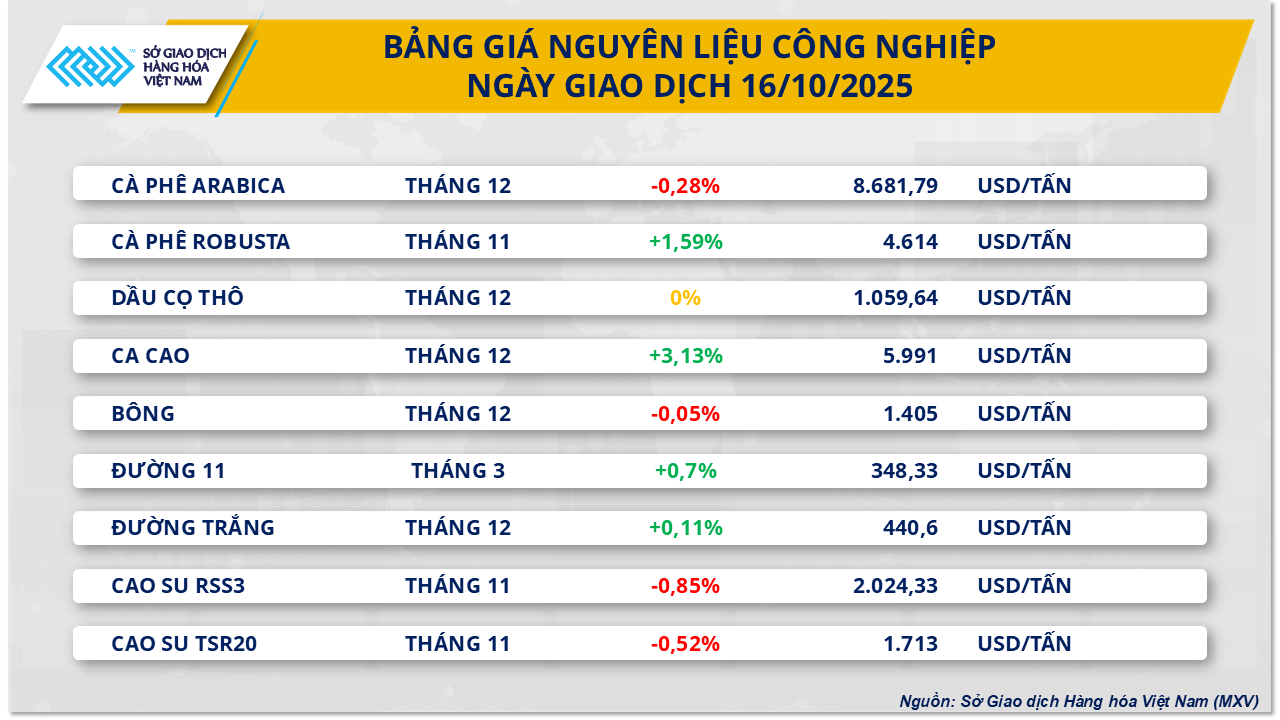
According to MXV, the recovery in cocoa prices comes from positive signals about demand. According to the latest report, grinding data in the third quarter shows that the cocoa industry is recovering from a period of stagnation.
In North America, milling volumes reached over 112,780 tonnes, up 3.22% year-on-year, ending two consecutive quarters of decline. This figure was significantly higher than analysts’ previous forecasts, which had predicted output to fall below 97,800 tonnes.
Meanwhile, in Europe, cocoa demand remained weak, with total grinding volume in the third quarter falling 4.8% year-on-year to around 337,350 tonnes, an 11-year low. However, this was still better than the second quarter, when it was only recorded at 331,762 tonnes, indicating that grinding demand is showing signs of recovery according to the normal cyclical period between quarters.
Third-quarter cocoa grinding data for Asia has yet to be released, but Bloomberg estimates suggest the region could see its lowest grinding in eight years, at 189,407 tonnes – the same as the bottom recorded in 2017.
On the supply side, cocoa arrivals in Ivory Coast, the world’s largest cocoa producer, remain low, further supporting prices. According to Reuters estimates, cocoa arrivals in the week ending October 12 were just 48,000 tonnes, down sharply from 87,000 tonnes in the same period last year and significantly below the five-year average of 67,600 tonnes. Since the start of the 2025-2026 crop year (which began on October 1), total cocoa arrivals have fallen by 52% compared to the same period last year.
On the weather front, farmers in Ivory Coast said rainfall over the past week has been above average in most cocoa growing regions, creating favorable conditions for the growth of the crop during the main harvest period from October to March. However, if the wet conditions persist, it could still have a negative impact on the quality of cocoa beans, increasing the risks to supply in the coming period.
Source: https://baotintuc.vn/thi-truong-tien-te/dong-tien-hung-khoi-do-vao-hang-hoa-bach-kim-dan-dat-da-tang-toan-thi-truong-20251017084311485.htm


![[Photo] Parade to celebrate the 50th anniversary of Laos' National Day](/_next/image?url=https%3A%2F%2Fvphoto.vietnam.vn%2Fthumb%2F1200x675%2Fvietnam%2Fresource%2FIMAGE%2F2025%2F12%2F02%2F1764691918289_ndo_br_0-jpg.webp&w=3840&q=75)




![[Photo] Worshiping the Tuyet Son statue - a nearly 400-year-old treasure at Keo Pagoda](/_next/image?url=https%3A%2F%2Fvphoto.vietnam.vn%2Fthumb%2F1200x675%2Fvietnam%2Fresource%2FIMAGE%2F2025%2F12%2F02%2F1764679323086_ndo_br_tempimageomw0hi-4884-jpg.webp&w=3840&q=75)
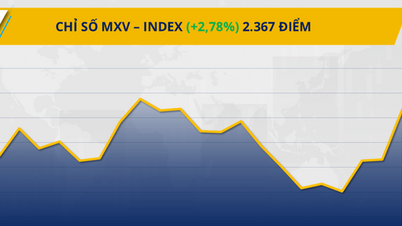

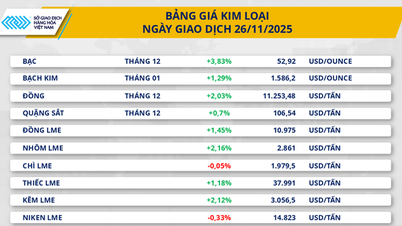
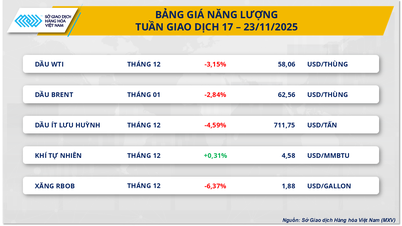
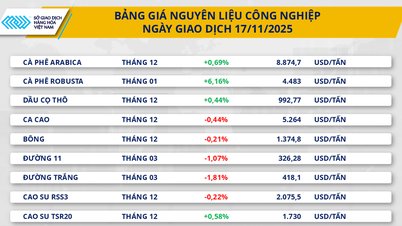


















































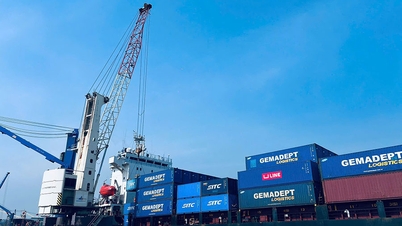













































Comment (0)